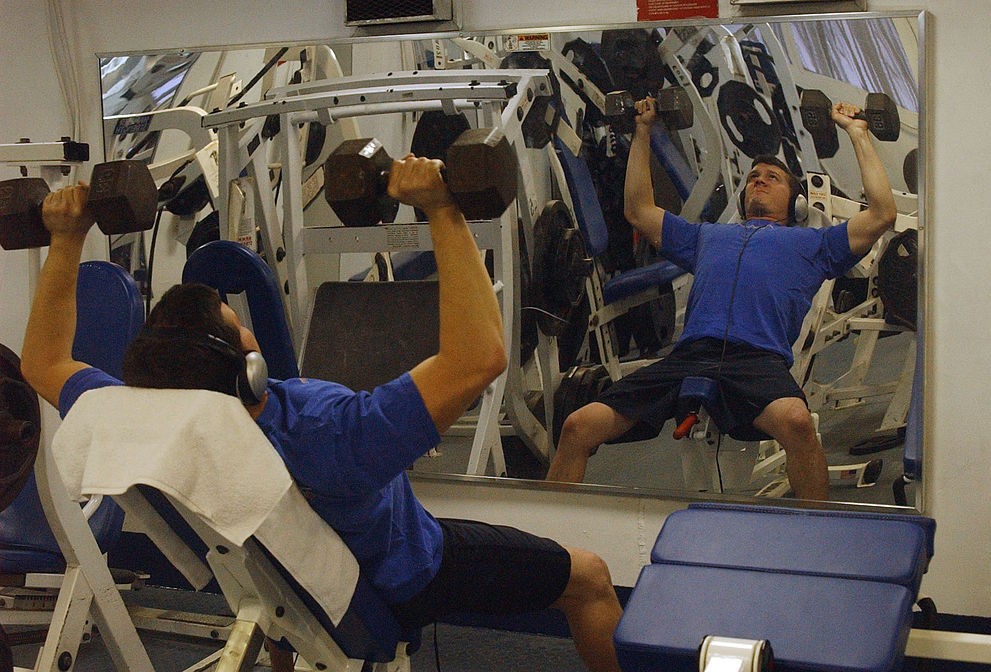
Slow Eccentrics
The eccentric part of a movement is the part where you return to the start position. In a pullup, the pull is the concentric, or positive, and lowering yourself afterwards is the eccentric or negative portion. Doing your eccentrics even slightly slower than usual can add a lot to your time under tension and increase the training effect you get. With heavy loads it's probably best not to add a longer eccentric than 3-5 seconds, but with lighter loads you can go higher than this. If you're lifting very heavy loads try adding a long eccentric only on the first repetition of each set.
- Important notification about information and brand names used in this slideshow!
- Photo courtesy of U.S. Navy photo by Photographer's Mate 3rd Class Jose L. Barrientos Jr. by Wikimedia Commons : commons.wikimedia.org/wiki/File:US_Navy_040214-N-7986B-100_Aviation_Support_Equipment_Technician_2nd_Class_Micheal_Postel_keeps_fit_by_
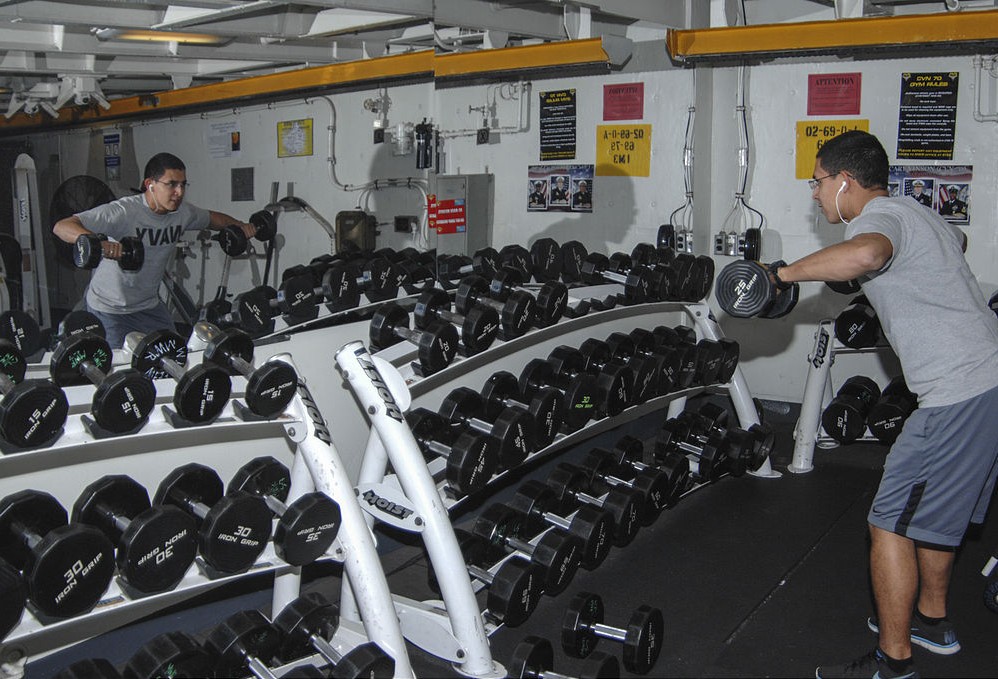
Altered Stance
Moving your stance even slightly can alter the mechanics of the movement a lot. The difference between a sumo and a regular deadlift is pretty big for instance. But for many of us, we could alter the position of our feet every couple of reps throughout a set and get a surprising amount of benefit. Studies indicate that the number of motor units activated when you change position slightly - a couple of inches at most - while training can be as much as 40% higher than the usual number activated by that exercise. More motor units equals more training effect. You only need to move your feet about an inch to two inches to get this effect.
- Important notification about information and brand names used in this slideshow!
- Photo courtesy of MC3 Shantece Gonzalez by Wikimedia Commons : commons.wikimedia.org/wiki/File:U.S._Navy_Seaman_Luis_Lopez_lifts_weights_in_the_gym_in_the_aircraft_carrier_USS_Carl_Vinson_(CVN_70)_in_the_Pacific_Ocean_Dec._7,_2013_131207-N-UW005-15
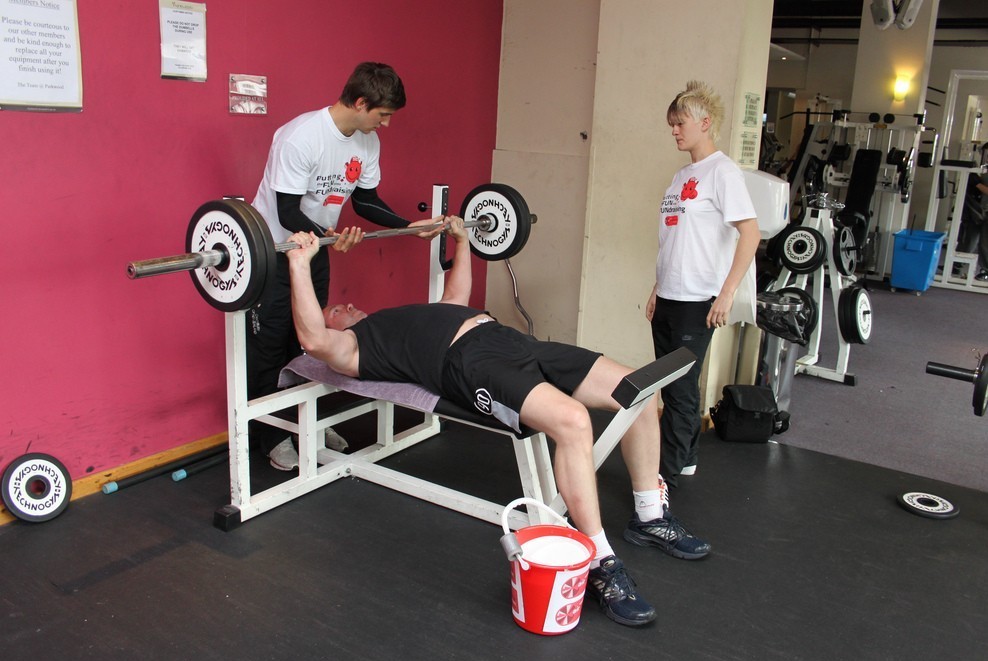
Altered Grip Width
Altering the width of your grip can totally change the mechanics of an exercise: look at the difference between snatch grip and standard grip, or between wide and standard pullup grip. That's great if that's what you're looking for, but it's not a tweak; by virtue of changing the mechanics so much it's become a different exercise. What's more effective for our purposes is to alter it slightly. Again, a slight change in grip doesn't change the gross mechanics of the movement, but it has been show to result in significantly more motor unit recruitment. If that sounds good to you (and it should), build these small adjustments into your training.
- Important notification about information and brand names used in this slideshow!
- Photo courtesy of Herts Air Ambulance by Flickr : www.flickr.com/photos/hertsairambulance/5719949140/
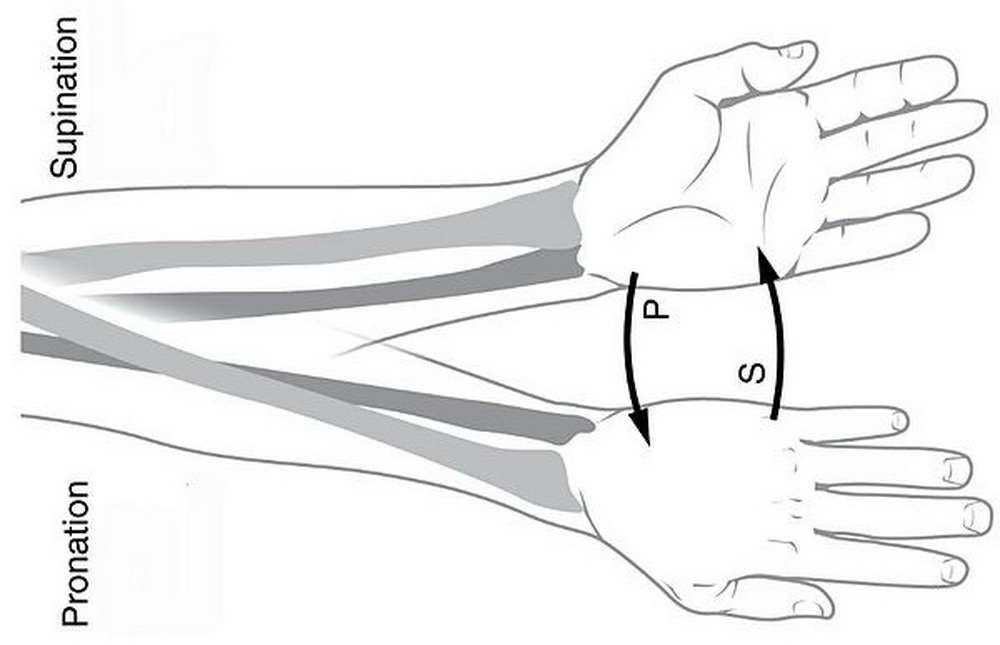
Supinate/Pronate
Pronation and supination refer to the positions of the hand being palm down or palm up. Supine means palm up, prone means palm down. Changing your grip over like this when you train really does monkey with the mechanics of what you're doing, and it's only suitable for certain movements. Supine grip pull-ups affect the biceps more, while prone grip pullups affect the lats more. Reverse-grip bench presses are thought by some to be more shoulder friendly, while double overhand deadlifts find a place in many lifters' repertoires. Changing the grip over on a clean turns it into something completely different, though! Try it with your favourite lifts or bodyweight moves to see reputed improvements in training effect of up to 30%!
- Important notification about information and brand names used in this slideshow!
- Photo courtesy of Connexions by Wikimedia Commons : commons.wikimedia.org/wiki/File:Pronation_and_supination.jpg
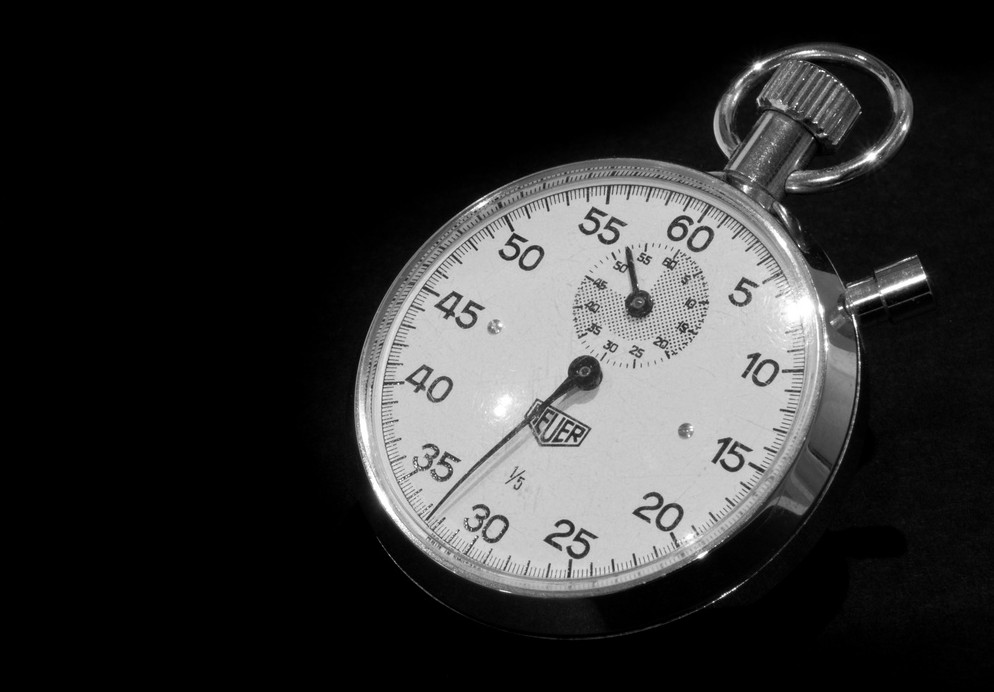
Train for Time, not Sets or Reps
The idea here is relatively simple: pick an exercise you're confident in and that you know you can do well enough when you're fatigued, so nothing too complex. Now, rather than counting reps in your head or trying to do a certain number of sets, you're going to do that exercise for time. You'd be surprised at just how hard this can be: start with a short time. 5 minutes of squats is a lot of squats; go easy on the weight too! While you're just thinking about doing the next rep rather than counting them, you'll get more work done. The rule is, you can't put the weight down, or let go of the bar or whatever. You're under tension the whole time. It's not for raw strength or technical lifts, but for a heavy conditioning session or getting the most out of assistance exercises in a short time there's nothing like it.
- Important notification about information and brand names used in this slideshow!
- Photo courtesy of William Warby by Flickr : www.flickr.com/photos/wwarby/3296379139/
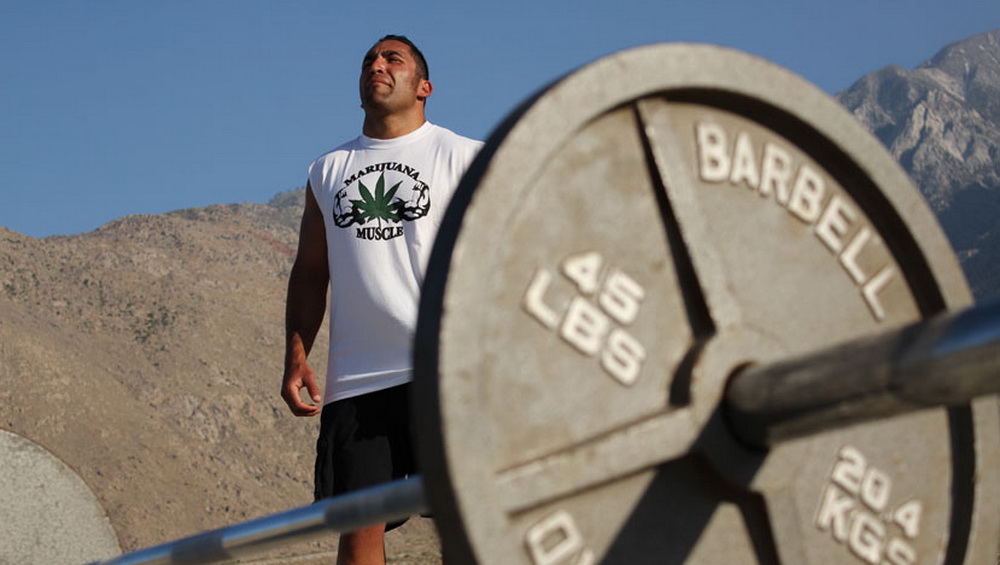
Timed Sets
Doing timed sets can be punishing. But if you need something to push you over a plateau, this could be it. Rather than doing, say, 4X8 (4 sets of 8 reps), you're going to do 4X8 in 3 minutes (4 sets, each 3 minutes long, in which you'll do 8 reps). This allows you to crank up the intensity. You're working with a small margin - you won't suddenly become the hulk using this (or any other) technique. But you might be able to use this method to get the same amount of reps done in slightly less time. When you turn the clock off and try for reps again, or put some more on the bar, you might be pleasantly surprised!
- Important notification about information and brand names used in this slideshow!
- Photo courtesy of Marijuana Muscle by Flickr : www.flickr.com/photos/46648834@N02/5867257489/

Supports
Supports simply consist of holding (supporting) a weight or load, including bodyweight. The heavy supports old-time strongmen swore by and the static holds modern gymnasts use are the same thing! Try adding a support in on the end of sets of big simple moves like benches, deadlifts, overhead presses or even more assistance-type lifts like lateral raises. There are some lifts or moves where this idea doesn't work particularly well, like squats, but you can put a ten-to thirty-second support in at the end of a set of bench press and teach your body to get more comfortable under the bar, build the support musculature like the serratus muscles and improve your breathing and posture at the end of the lift - all by simply holding the bar.
- Important notification about information and brand names used in this slideshow!
- Photo courtesy of U.S. Navy photo by Lt. Nicole R. Schwegman by Wikimedia Commons : commons.wikimedia.org/wiki/File:US_Navy_110726-N-NS060-035_Master-at-Arms_1st_Class_Jason_Pingeton_spots_for_Master-at-Arms_1st_Class_Humphrey_Ramos_during_their_be
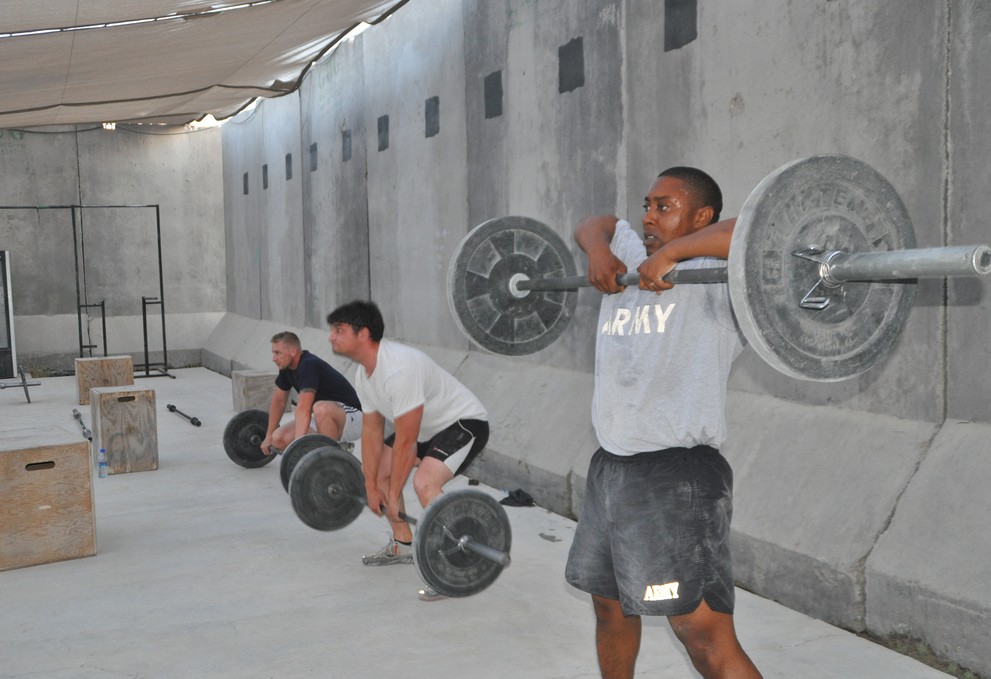
Fast Lifting
Fast lifting isn't suitable for every movement, and some may have to be adapted or switched out for something similar but many can simply be done faster. This is a method that was developed by powerlifters who train for maximal strength. The rationale is that lifting fast preferentially recruits fast-twitch muscle fibres, which are those with greater capacity for hypertrophy, and increases neurological connections with the muscles and improves the motor unit recruitment that's associated with the movement. Doing any fast lift will help improve speed and some power will carry over, but if you want to improve a movement this way - if you want to make your deadlift heavier, for instance - it's best to use the deadlift in speed training too. Typical loads for this will be about 40%-60% of your maximum.
- Important notification about information and brand names used in this slideshow!
- Photo courtesy of Crossfit Kandahar Crossfit Kandahar by Flickr : www.flickr.com/photos/kafcrossfit/7124810239/
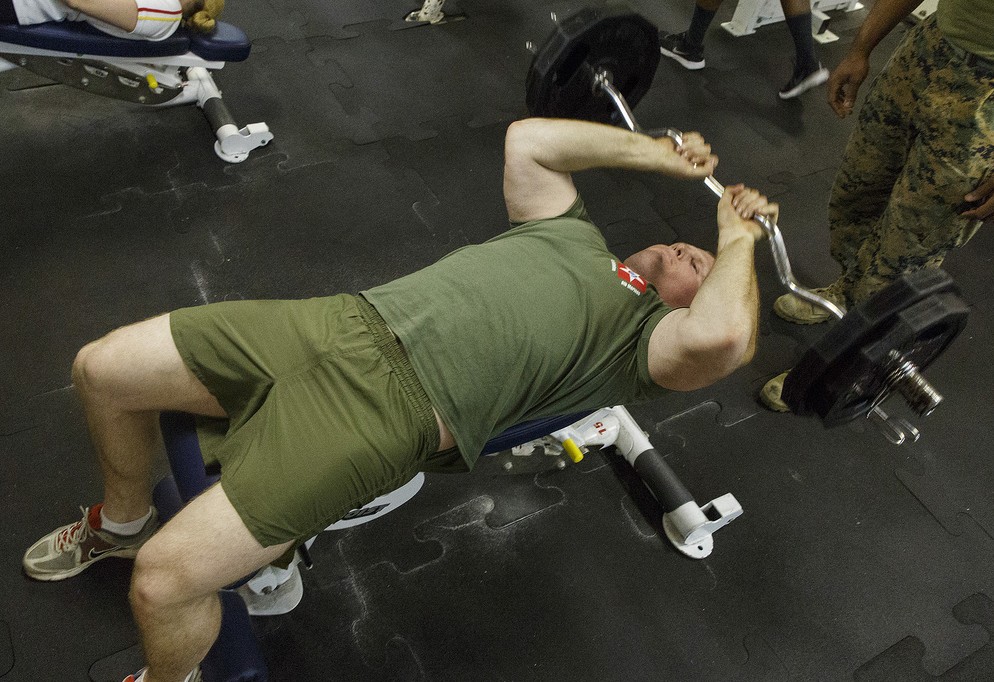
Rest-Pause Sets
Rest-pause training is something you might have already been doing, then telling yourself off for doing! It simply means turning one big set into several little min-sets with a mini-beak in between. You go until it's hard, stop until you think you can do another, do another, rest, repeat until you hit your numbers. It's a way of pushing a few extra reps out increasing your time under tension and getting a better training effect - a hack to get more work out of yourself, basically. It's probably only safe to use in movements you're familiar with, so you stay safe. It can be gruelling - but it is effective!
- Important notification about information and brand names used in this slideshow!
- Photo courtesy of Commander, U.S. Naval Forces Europe-Africa/U.S. 6th Fleet by Flickr : www.flickr.com/photos/cne-cna-c6f/13032038434/
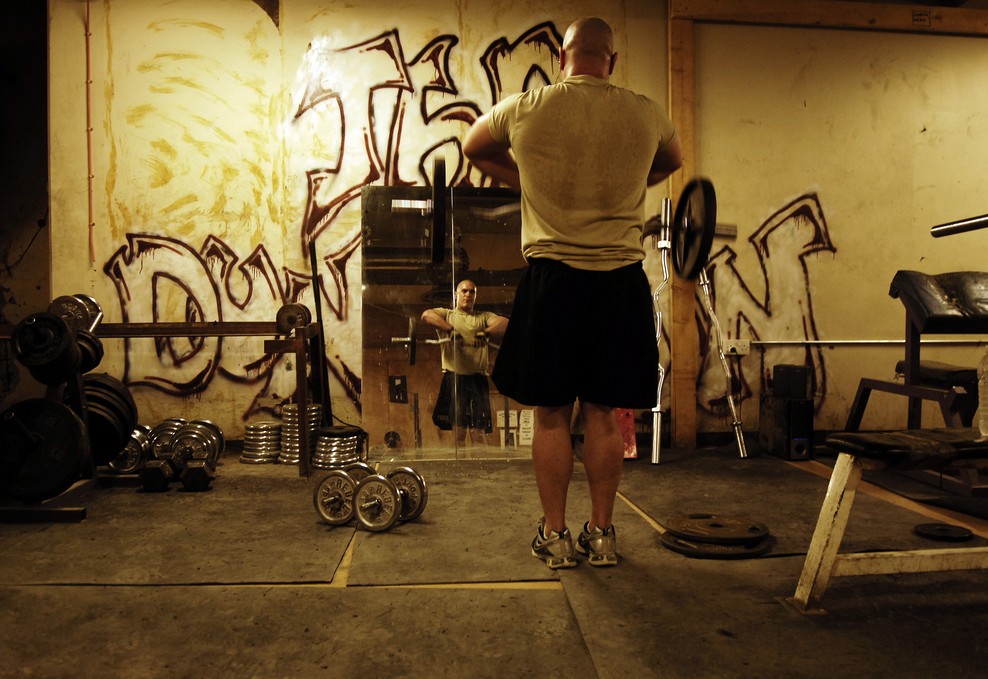
‘1 ½’ reps
This is like some nightmare dreamed up by a sadistic drill instructor. But when you've reached the limit of the available load - you can't use a gym, say, and you've hit the limit in bodyweight squats - or you want to push a little harder, this is a great trick and, like all the best, it's actually pretty simple. Squat down as low as you normally go, stand part-way up, return to the bottom of the movement, then stand all the way up. See? You've just done 'one and a half' reps. Try this with any exercise that's slow enough, basically, to massively increase the time your muscles spend under tension and therefore the training effect.
- Important notification about information and brand names used in this slideshow!
- Photo courtesy of The U.S. Army by Flickr : www.flickr.com/photos/soldiersmediacenter/2902254488/


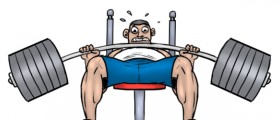

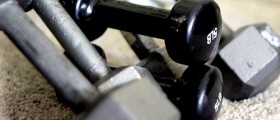




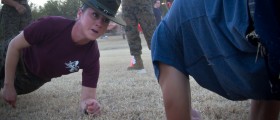
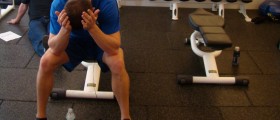
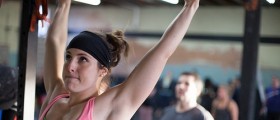




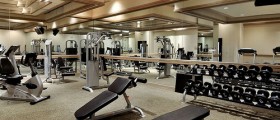



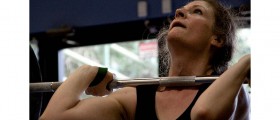



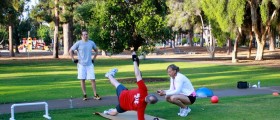
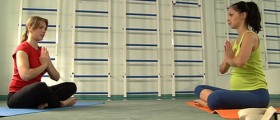
Your thoughts on this
Loading...